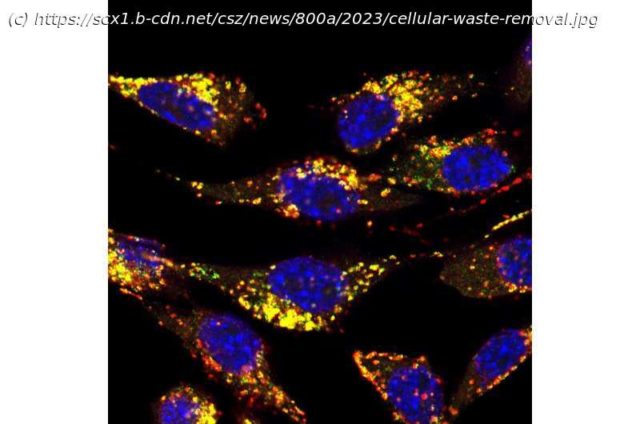„Miniature shredders“ are at work in each cell, disassembling and recycling cell components that are defective or no longer required. The exact structure of these shredders differs from cell type to cell type, a study by the University of Bonn now shows. For example, cancer cells have a special variant that can supply them particularly effectively with building blocks for their energy metabolism. The results were published online in advance. The final version has now been published in the journal Molecular & Cellular Proteomics.
„Miniature shredders“ are at work in each cell, disassembling and recycling cell components that are defective or no longer required. The exact structure of these shredders differs from cell type to cell type, a study by the University of Bonn now shows. For example, cancer cells have a special variant that can supply them particularly effectively with building blocks for their energy metabolism. The results were published online in advance. The final version has now been published in the journal Molecular & Cellular Proteomics.
Lysosomes are a central part of the cell’s waste disposal system. The tiny bubbles, surrounded by a fat-like membrane, function like a miniature recycling factory: They break down defective cell components, harmful molecules, or proteins that are no longer needed into their individual parts. They then make these available to the cell again.
„The process is extremely important,“ stresses Dr. Dominic Winter of the Institute of Biochemistry and Molecular Biology at the University Hospital Bonn. „If it doesn’t work properly, diseases like Alzheimer’s or Parkinson’s can result.






